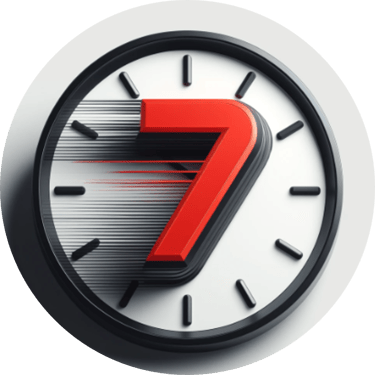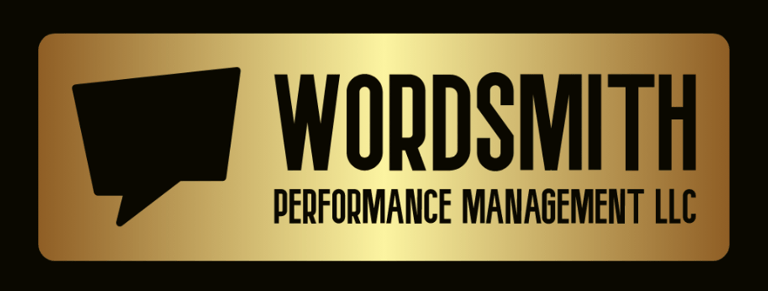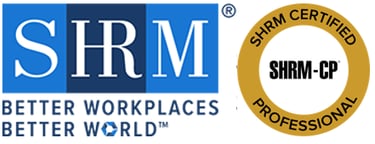You don't have to get it all at once...
Embarking on a career transition can feel like standing at your own goal line in a football game, with the end zone—your dream career—seemingly miles away. The pressure to achieve everything at once can be overwhelming, but here’s the truth: you don’t have to score a touchdown on the first play. Success in a career pivot comes from grinding out "first downs"—small, deliberate steps that build momentum and move you closer to your goal. By focusing on incremental progress, you create a sustainable path to transformation, one achievable milestone at a time.
In football, a first down represents a manageable gain—10 yards in four plays—that keeps the drive alive. Similarly, in a career transition, small, consistent actions accumulate into significant progress. The beauty of this approach lies in its accessibility: you don’t need a complete overhaul of your life or an immediate leap into a new industry. Instead, you can take practical, low-pressure steps that fit into your current schedule and resources, gradually building confidence and clarity.
Consider the following examples of "first downs" in your career transition journey:
Refine Your Resume: Dust off your resume and update it to reflect your current skills and experiences. Tailor it to highlight transferable skills relevant to your target industry. Even spending an hour refining one section is progress.
Strengthen Your Network: Reach out to former colleagues or mentors to update your references or seek advice. A single coffee chat or email exchange can open doors to new opportunities or insights.
Upskill Strategically: Enroll in a short online course through platforms like LinkedIn Learning or Coursera. Choose a course that aligns with your desired role, such as project management or data analysis, to bolster your credentials.
Earn a Certification: Pursue a certification relevant to your target field, such as a Google Career Certificate or a professional accreditation. These often require only a few hours a week and can significantly enhance your marketability.
Engage with Industry Content: Follow thought leaders on LinkedIn, YouTube, or industry-specific podcasts. Engaging with their content exposes you to trends, jargon, and insights that help you speak the language of your new field.
Set Clear Goals: Create a timeline for your transition, outlining specific milestones for 2025. For example, set a goal to attend one networking event per month or complete a certification by mid-year. A clear plan keeps you focused and motivated.
Leverage Free Resources: Explore tools like 7secondresume.com for resume-building tips or free career advice. Many platforms offer templates, webinars, or guides at no cost, making professional development accessible.
Each of these actions is a first down—a small but meaningful step forward. By consistently achieving these milestones, you build momentum, gain confidence, and position yourself closer to your ultimate goal. The key is to avoid paralysis by overthinking the entire journey. Instead, focus on the next play: one course, one connection, one update at a time.
To illustrate the power of incremental progress, consider the Washington Redskins’ iconic 17-play, 92-yard touchdown drive that consumed over nine minutes of game time. Each play was deliberate, gaining just enough yards to keep the drive alive, ultimately leading to a score. Your career transition can follow the same principle: steady, intentional steps lead to big wins. A career transition is not a sprint; it’s a strategic drive down the field. Celebrate each first down, no matter how small, and trust that these efforts will compound. With patience and persistence, you’ll find yourself in scoring position, ready to seize the career you’ve envisioned. So, call your next play, take that step, and keep moving forward—one first down at a time.
#resumes #careers #7secondresume #resumetips #httr #careerchange #goals




